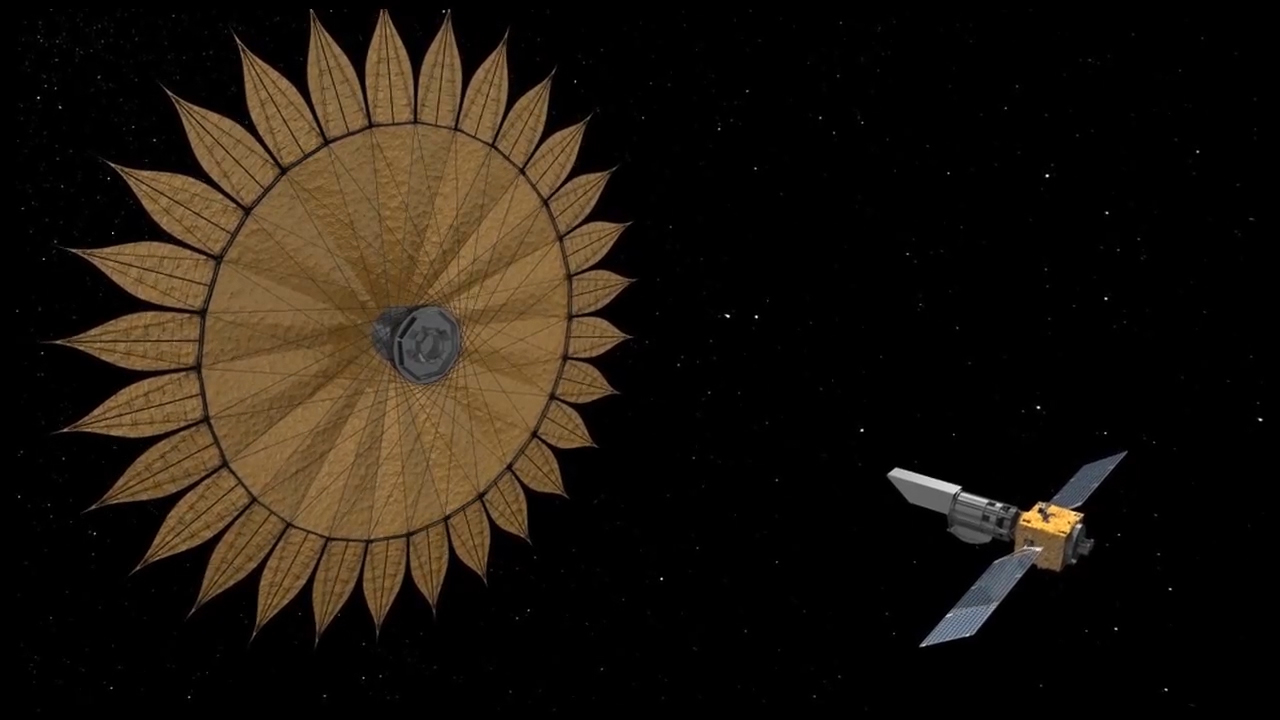Scientists have created a revolutionary technology to search for worlds similar to Earth. It consists of an instrument called a “starshade” that blocks the light of a star and a fiber-optic device capable of amplifying the signal from the planet.

Hidden in the glow
The world entered the time of the mass discovery of exoplanets and the discovery among them of worlds similar to our own. Usually, the James Webb Space Telescope is mentioned as the main tool for their detection. However, it is quite possible that more specialized devices will achieve success.
For example, a study was recently published where scientists proposed a new technology that actually consisted of two previously known tools. The first of them is a device that “cuts off” the light of the star around which the planet orbits.
This light is the main reason that we mostly discover worlds by indirect methods. They just get lost in the rays of their stars. Astronomers began to struggle with this problem in the 1930s. Then, coronagraphs began to be installed on telescopes to study the Sun — special masks obscured from the observer by a central light source.
When people started looking for exoplanets, they used the same method. All available images of exoplanets were obtained using coronagraphs that block the light of the star. However, this method does not provide sufficient accuracy, because it is necessary to place this device inside the telescope.
“Starshade”
The researchers propose a device to see planets similar to Earth, which they called a “starshade”. In fact, this is the same coronagraph, only it is taken outside the telescope and installed so that the distance between it and the lens can be changed and adjusted to the radiation source.
This technology looks particularly promising for space telescopes. In their case, a “starshade” will represent a separate spacecraft, obscuring the illumination from the star to see its planets.
It is best to use a “starshade” to study red dwarfs. It is believed that the largest number of planets orbit around these tiny stars. But their habitable zones are small and it is impossible to see them by modern methods.
Photonics
However, red dwarfs are very dim stars, and the light reflected from their planets is even less. So a “starshade” alone may not be enough. And here the second element, which is part of the new technology, comes into action.
It’s called photonics. This word usually refers to all technologies that allow controlling the movement of individual photons. We often encounter it in fiber-optic cables, although there are projects to create computers based on it.
It is proposed to use similar systems in search systems of other worlds. For example, the light at the edge of a “starshade” can be focused directly on an optical cable and transmitted to a sensitive detector via it. In this way, you can get an image of even very dim planets.
According to phys.org.
Follow us on Twitter to get the most interesting space news in time
https://twitter.com/ust_magazine
